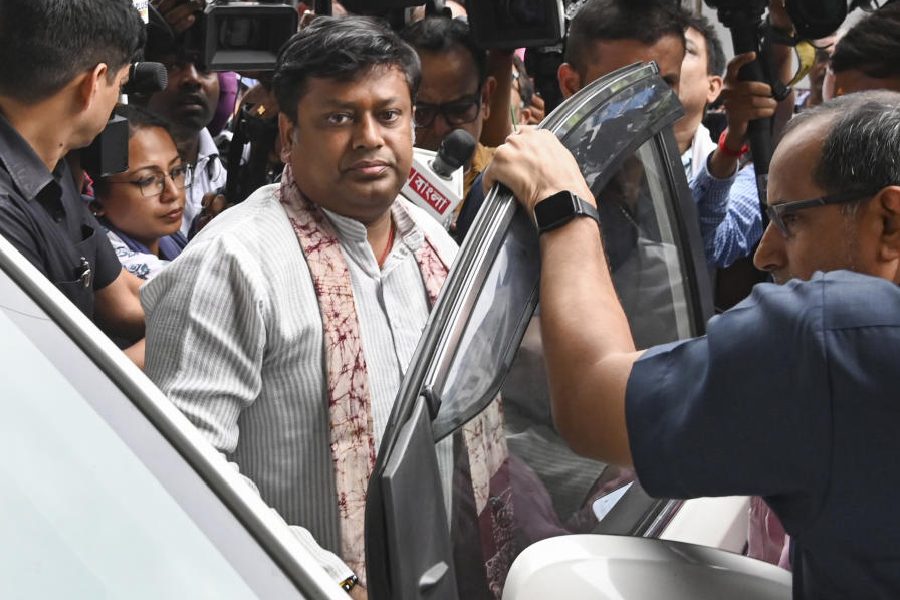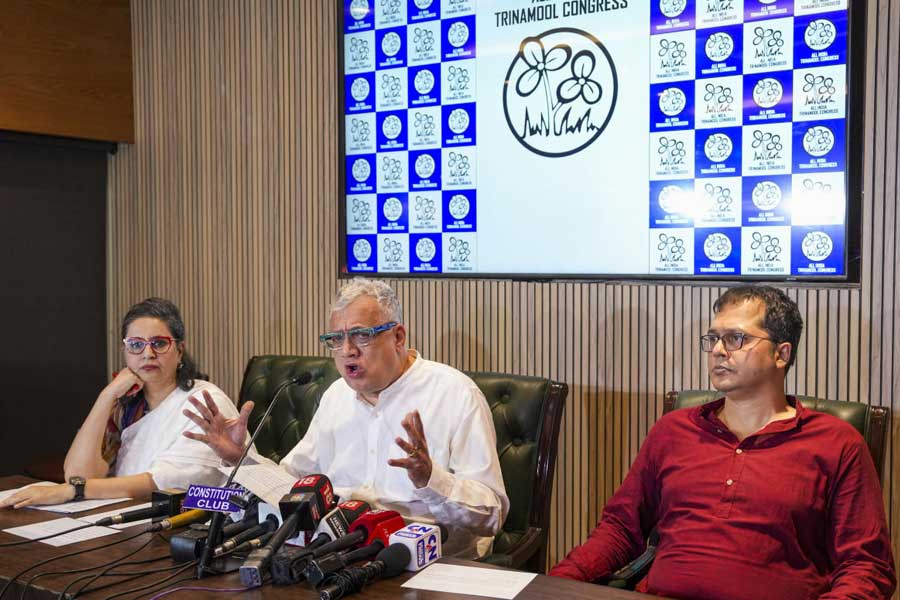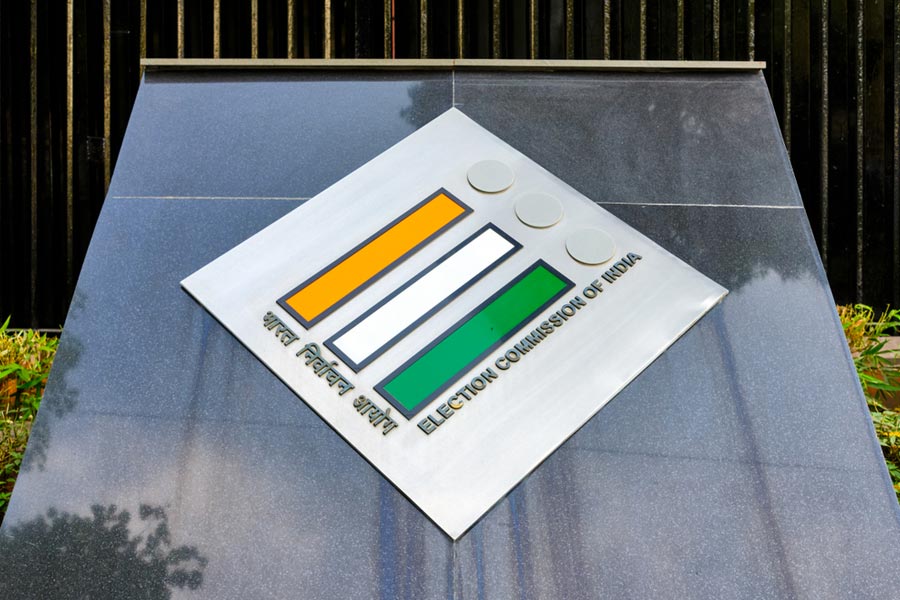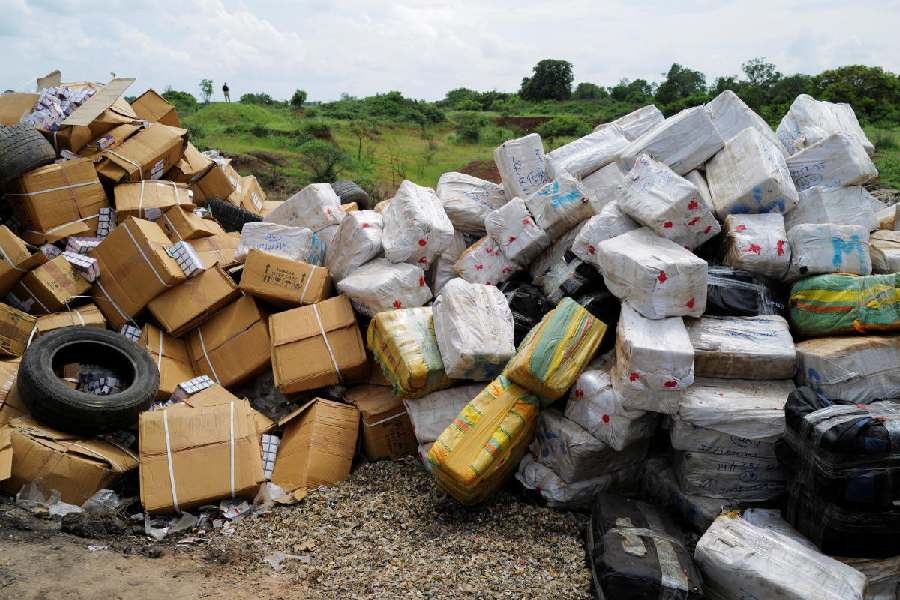 |
| Asokan pillar at Lauriya in West Champaran |
New Delhi, March 21: For long, a 36-feet-high Asokan pillar stood alone in the middle of nowhere in Lauriya village of West Champaran district, 138km north of Patna.
In the past three months, Archaeological Survey of India (ASI) has unearthed a monastery and possible habitation around it. ASI began excavations on December 25 last year.
There are only 19 surviving Asokan pillars in India. Although historians believe Emperor Asoka must have erected many more, these were either demolished during later invasions or vandalised by the residents.
“It was surprising that there were no ancient ruins near the pillar,” said director, excavations, Syed Jamal Hussain.
Pillars were used to inscribe Asoka’s edicts, which carried a message for his people. So these were usually erected at the town centre or near busy intersections, he said.
The site was first documented by V.C. Law, a British Indologist. He wrote about it in the journal of Asiatic Society of Bengal in 1784. In 1861, Alexander Cunningham, the father of ASI, visited the site.
The pillar, like all Asokan pillars, is a monolithic structure made of a single block of polished sandstone. It has six Asoka edicts. At least a third of the pillar is underground. Archaeologists have not been able to understand why the monastery and other structures got buried while the pillar stood. “The pillar must have been once crowned by a capital (animal or other sculpture on its head), but no trace of it is available and residents have no memory of any such structure,” superintending archaeologist K.C. Srivastava told The Telegraph.
The excavations revealed a monastery on the western side, possibly rectangular in shape.
“We have unearthed five rooms, all of which open into a courtyard. The north-south length of the monastery is nearly 58 feet, which means it must have been a fairly large structure,” Srivastava said. The east-west wall is yet to be exposed, as the western part is still buried.
The brick structure suggests the monastery dates back to the Kushan period in the 1st century AD, which succeeded the Mauryan era. “We are curious to know since when the place is inhabited, especially if it predates the Mauryan era too,” Srivastava said.
No other significant antiquity was unearthed. The ASI retrieved red ware pottery, vase, storage jar, sprinkler and so on.
So far, the ASI has dug up 36 inches and hopes to unearth many more cultural layers as they go deeper. The excavation is likely to go on till May.
A few historians in the area believe this was the hermitage site of Alara Kalama, a saint believed to have taught Buddha meditation. But Srivastava claims there is no evidence to support this claim.
The ASI recently revisited Sarnath near Varanasi to try and find any pre-Mauryan era evidence here to ascertain Lord Buddha’s presence. It, however, denied these excavations were an effort to track Buddhist footprint in India. “We have made technological advances and are merely putting these to use. It could be a coincidence that many of the sites we are excavating currently have a Buddhist connection,” Syed Jamal Hussain said.











